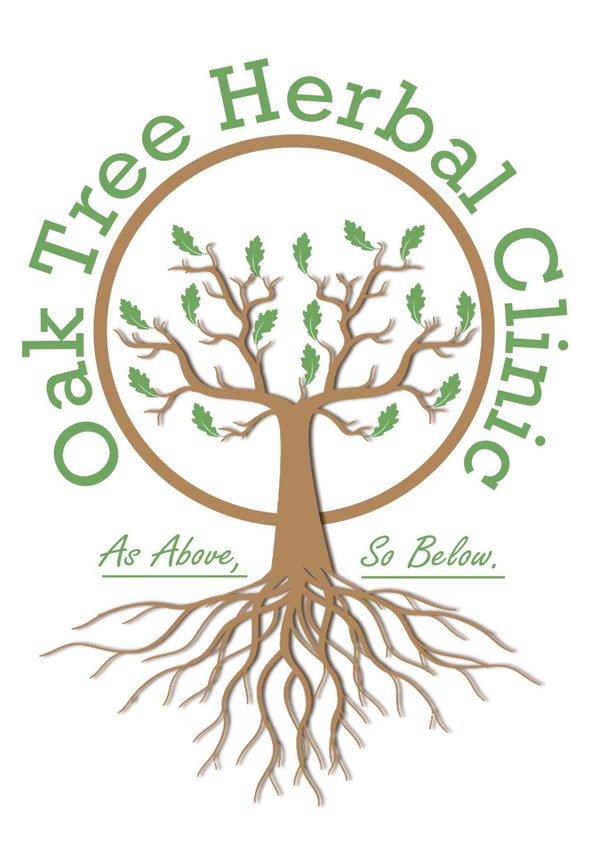Valentine’s Day, celebrated every year on February 14, has evolved from its historical roots into a global expression of love and affection. While today it’s synonymous with roses, chocolates, and heartfelt cards, its origins are steeped in fascinating history, religious customs, and cultural transformations.
The Origins of Valentine’s Day
The story of Valentine’s Day begins in ancient Rome with the festival of Lupercalia, celebrated from February 13 to 15. This pagan festival honored fertility, purification, and the Roman deities Faunus and Lupa. Rituals included animal sacrifices, feasting, and matchmaking activities where men and women were paired for the festival—sometimes leading to marriages.
By the late 5th century, Pope Gelasius I sought to replace the pagan festival with a Christian celebration. He declared February 14 as St. Valentine’s Day, dedicated to Saint Valentine. However, the exact identity of Saint Valentine remains unclear, as multiple Christian martyrs named Valentine existed. The most popular legends attribute the holiday to:
- Valentine the Priest: A Roman priest who defied Emperor Claudius II’s ban on marriages for young men by secretly performing weddings. He was executed on February 14, around 269 AD.
- Valentine of Terni: A bishop who healed a jailer’s blind daughter, with whom he exchanged letters signed “Your Valentine” before his execution.
Both stories highlight themes of love, sacrifice, and devotion, laying the groundwork for the romantic connotations of Valentine’s Day.
The Rise of Romantic Associations
Valentine’s Day began to take on its romantic identity during the Middle Ages, particularly in Europe. The association of February 14 with romantic love may have been popularized by Geoffrey Chaucer, the English poet. In his 1375 poem "Parliament of Fowls," he wrote:
"For this was on Saint Valentine’s Day, when every bird cometh there to choose his mate."
This connection between Valentine’s Day and the mating season of birds captured the imagination of the medieval European aristocracy, inspiring romantic gestures and courtly love traditions.
By the 15th century, Valentine’s Day became an occasion for lovers to exchange tokens of affection. The earliest known "Valentine" greeting card dates back to 1415, when Charles, Duke of Orleans, wrote a poem to his wife while imprisoned in the Tower of London.
Changes Through the Ages
During the 18th and 19th centuries, Valentine’s Day grew increasingly popular in Britain and the United States. Mass-produced Valentine’s cards became widespread in the 19th century, thanks to advances in printing technology. These cards often featured lace, ribbons, and romantic verses.
By the mid-20th century, Valentine’s Day had become a commercialized holiday celebrated with gifts, flowers, and dining. Today, its traditions have expanded beyond romantic relationships to include expressions of affection for family and friends. Schools, for example, often host Valentine’s card exchanges among children, emphasizing inclusivity and friendship.
Why Is Valentine’s Day Important?
Valentine’s Day holds significance as a cultural and emotional touchstone. It serves as a reminder to express love and appreciation for the people who matter most in our lives. While critics sometimes argue that the holiday has become overly commercialized, many people embrace it as an opportunity to pause and celebrate meaningful connections.
Additionally, Valentine’s Day transcends its romantic origins. In many cultures, it’s a day to promote kindness, friendship, and community—values that resonate universally.
Modern Valentine’s Day
In recent decades, Valentine’s Day has undergone further evolution. The rise of digital communication has introduced e-cards and social media posts as new ways to share affection. Couples often plan experiences, such as trips or cooking together, rather than exchanging material gifts. Single individuals, too, have embraced the holiday, with celebrations of self-love and "Galentine’s Day" (a day for women to celebrate their friendships).
Conclusion
From its origins in ancient Roman rituals to its transformation into a day of romantic and platonic affection, Valentine’s Day reflects the enduring importance of love in human society. Whether celebrated with grand gestures or simple acts of kindness, the holiday’s message remains timeless: love, in all its forms, is worth cherishing.
Looking for the perfect Valentine’s gift?
Treat your loved one to a thoughtful experience with our Oak Tree Herbal Clinic gift card. It’s a meaningful way to show you care, with options for personalized consultations and natural remedies they’ll love. Purchase your special gift card today!

